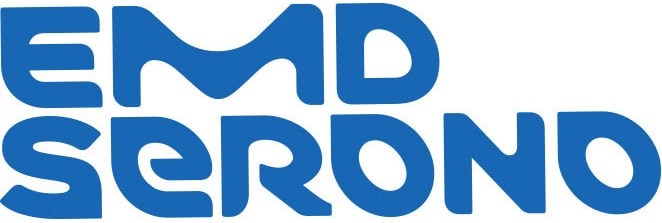Getting Ahead and Staying Ahead at Work

Navigating the work world can seem like a job within itself. Whether you have a job and aspire to a career, have a career and aspire to advance, want to do something completely different or just wish you could figure out what to do, there are some basic things you can do that are manageable. Here are my answers to some common questions that I get as an HR executive.
How do I get noticed?
Have a great LinkedIn profile—don’t wait to set it up when you are starting a job search. It takes time to build your network, and it’s a lot less work if you do it over time. So spend a Saturday afternoon getting your LinkedIn account set up, follow companies you admire/aspire to join and join industry/trade groups. From there you can monitor your email feed, which will prompt you to interact when you have time.
Networking is by far the main way people find their jobs and companies and agencies find candidates. LinkedIn is the best tool out there for professional networking and has held its place as a top source of hires across all industries, even with the evolution of other tools. What’s more, great ideas and information sharing happen there, and that knowledge sharing is free and priceless for where you are or where you are going.
Do interviewers even notice what people wear?
Your clothes may not register per se, but your confidence will, which is why I always advise people to dress the part you want to be, not the part you are.
I have interviewed countless people at all levels and in various industries during my career. The perfect candidate on paper may be in front of you, but if they don’t feel good about themselves they won’t present themselves well.
This same concept translates to everyday life and interactions in the office as well. You never know when you will bump into someone important or have the opportunity to take a risk and give an innovative opinion at a meeting. Dress won’t solve all confidence issues—and certainly don’t spend a fortune on your wardrobe—but it is a nice boost and eliminates unnecessary distraction.
How do I know where I stand and what’s next for me at work?
First off, throw away the fantasy that companies are good at knowing how to develop you and what they should do with you. Even with performance review systems, succession planning and development tools at their disposal, companies more often than not underutilize them and managers typically do the bare minimum the process requires.
There are companies that are great at performance, development and succession, but I find that opportunities often come out of unanticipated need or change and the answer to who is good at that job isn’t available in any tool.
That said, your performance and development are your responsibility. Know your goals and what meeting and exceeding them looks like when they’re set. Even if it isn’t part of your normal dialog with your manager, make checking in on your performance against your goals a regular occurrence, at minimum two times a quarter. You can’t make adjustments without feedback. If you use Outlook for work or have an iPhone, set all your goals as tasks with reminders to review and update them or prompt you to get moving on them.
What should I do if I don’t have a mentor in my company?
Acquiring a mentor can be daunting, so I recommend starting by observing and modeling the behaviors of top performers at work. You can learn from their interactions, how they carry themselves and their communication style in meetings and through emails. Alternatively, start following people you admire or aspire to emulate on social media. LinkedIn is very helpful to get insight and direction. Who they follow, what groups they belong to, how they stay educated on their profession, and their contributions to posts will help you to understand their subtle, but powerful habits that garner positive attention. Just make sure who you are modeling is a match for the style and company culture you are in or aspire to be in. From there you can build your inventory to further pinpoint what type of person and focus you would want out of a formal relationship with a mentor to bring you to the next level.
How do I self-promote without feeling silly?
I subscribe to the belief that no one is going to toot your horn; you have to do it yourself. I see men verbalizing more often than women about where they want to go, what they want to do next and giving examples of why they deserve such opportunities. Seeing yourself as your own brand, and marketing yourself as such, help ensure you’re diversifying for whatever career situation you want to achieve.
As part of that, know how to introduce yourself properly in formal and informal work settings. For example, in cross-functional meetings, they go around the room and introduce themselves. If you say, “Sally from accounting,” you have left no impression or given any information that tells me how to relate to you. Work on something that quickly says the following:
- Your full name and title
- The name of the person you report to (which helps people get a sense of your scope and position better)
- How long you have been with the company
- When appropriate, where you worked previously and if you worked on a similar project, task, or activity
So now you are Sally Andrews, senior analyst in accounting, reporting to Bob, the senior accounting manager, and you’ve been three years at the company and worked previously in a CPA firm where you helped install the same accounting system. And I’m not only excited to work with you all on this; I’m going to remember you.
